EDITORIAL
Published on 26 Nov 2024
Editorial: Antiviral drugs: neurotoxicity and neurodevelopmental effects
doi 10.3389/fnmol.2024.1526357
- 375 views
3,405
Total downloads
16k
Total views and downloads
Select the journal/section where you want your idea to be submitted:
EDITORIAL
Published on 26 Nov 2024
ORIGINAL RESEARCH
Published on 06 Nov 2024
ORIGINAL RESEARCH
Published on 17 May 2024
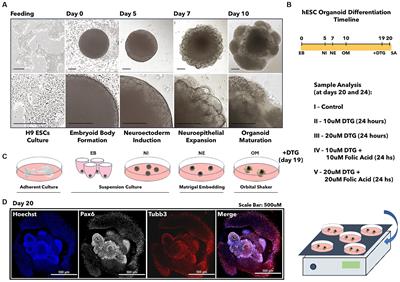
ORIGINAL RESEARCH
Published on 05 Apr 2024
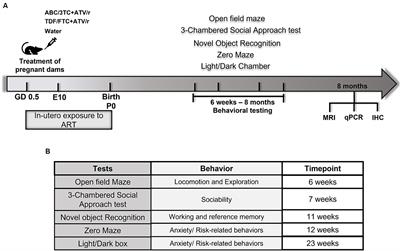
ORIGINAL RESEARCH
Published on 29 Jan 2024
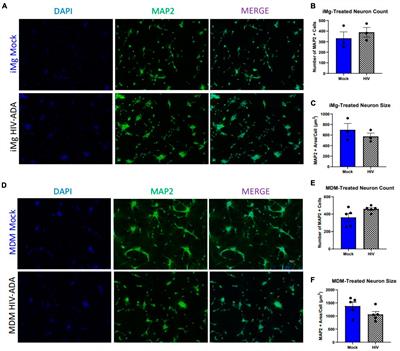
ORIGINAL RESEARCH
Published on 12 Dec 2023
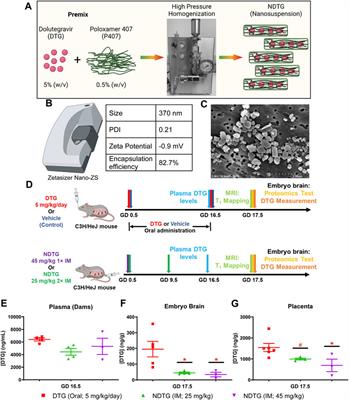
ORIGINAL RESEARCH
Published on 11 Dec 2023
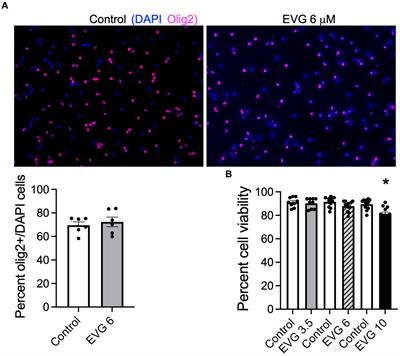
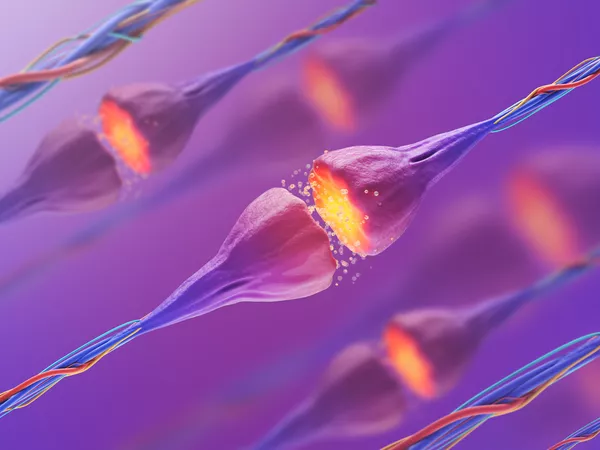
Frontiers in Chemistry
Frontiers in Neuroscience
Frontiers in Pharmacology